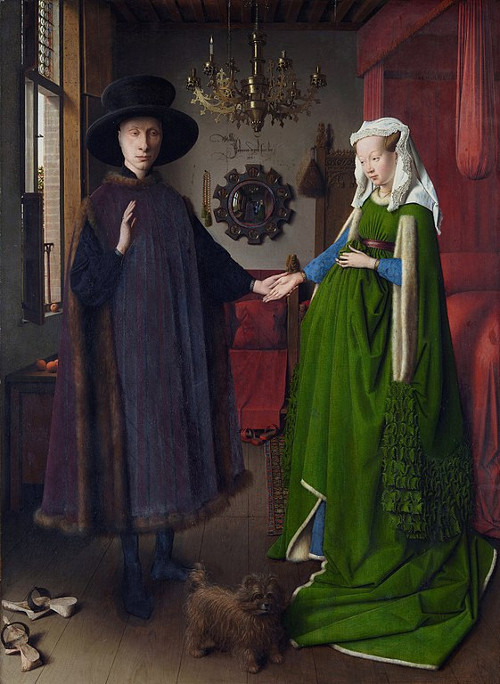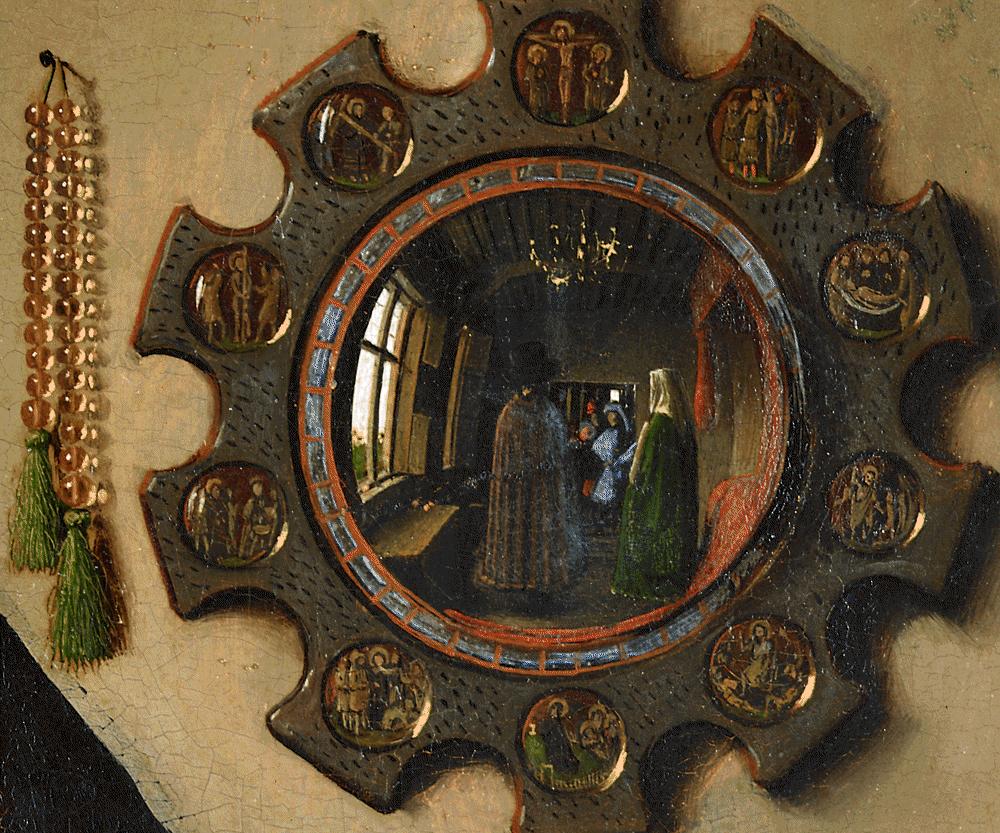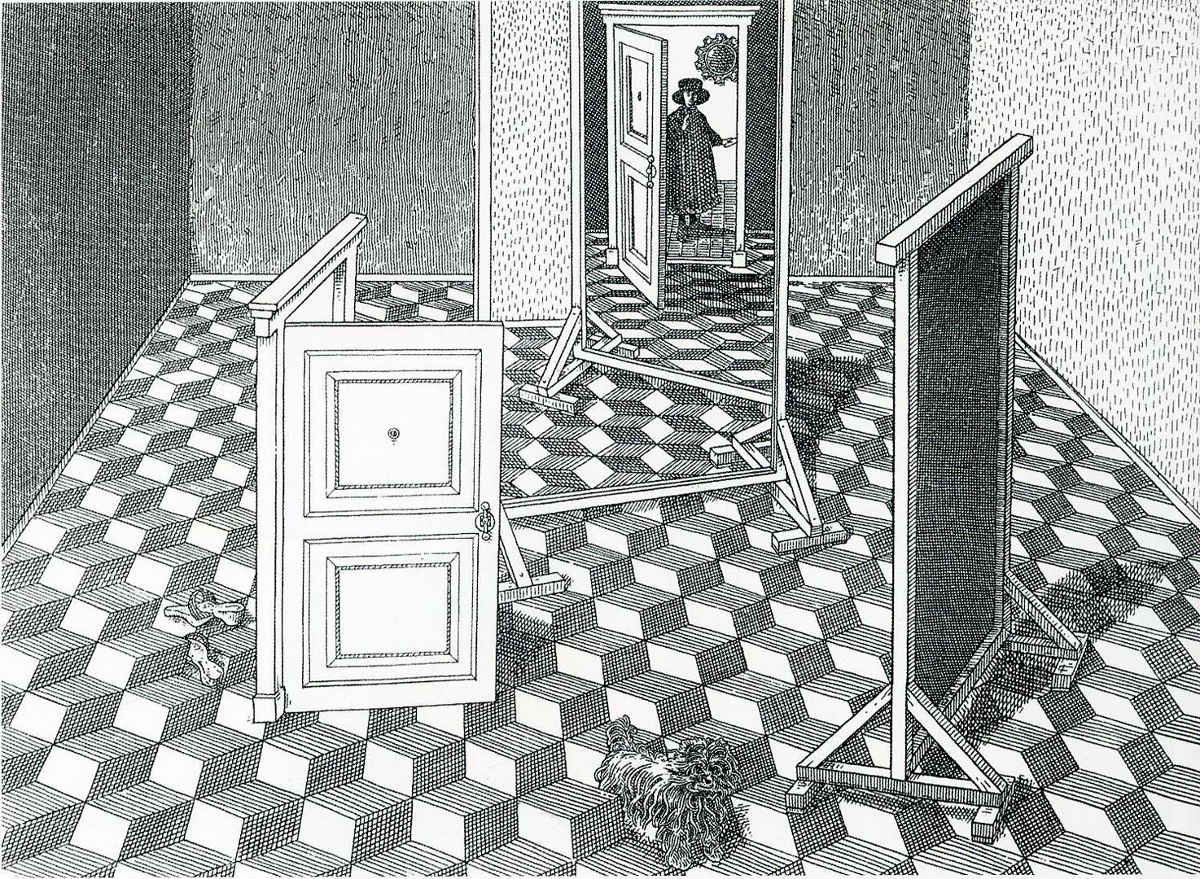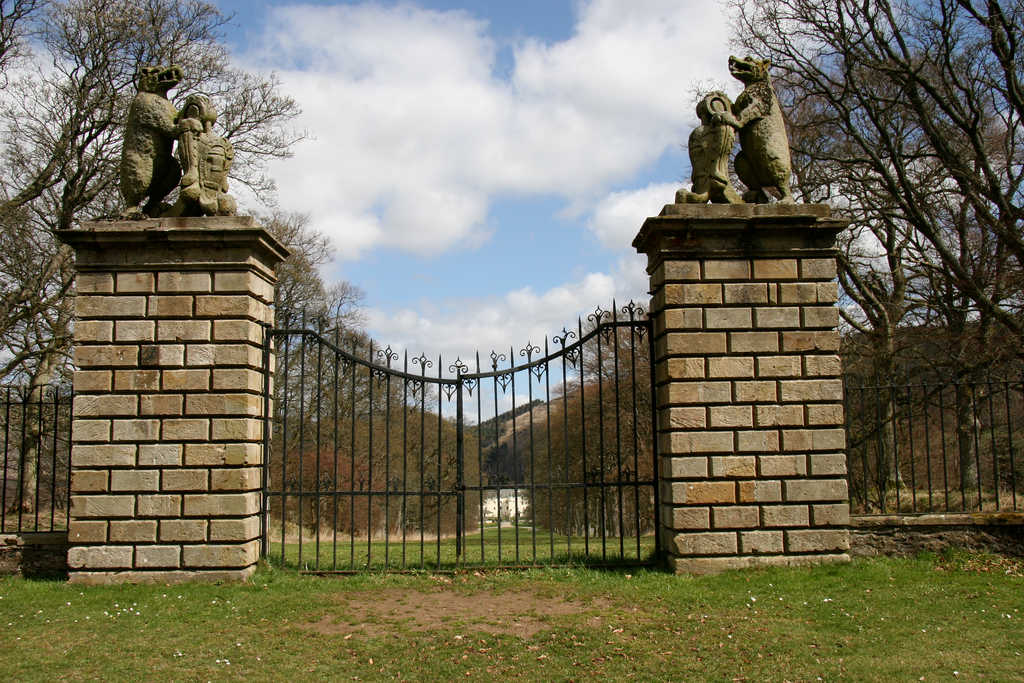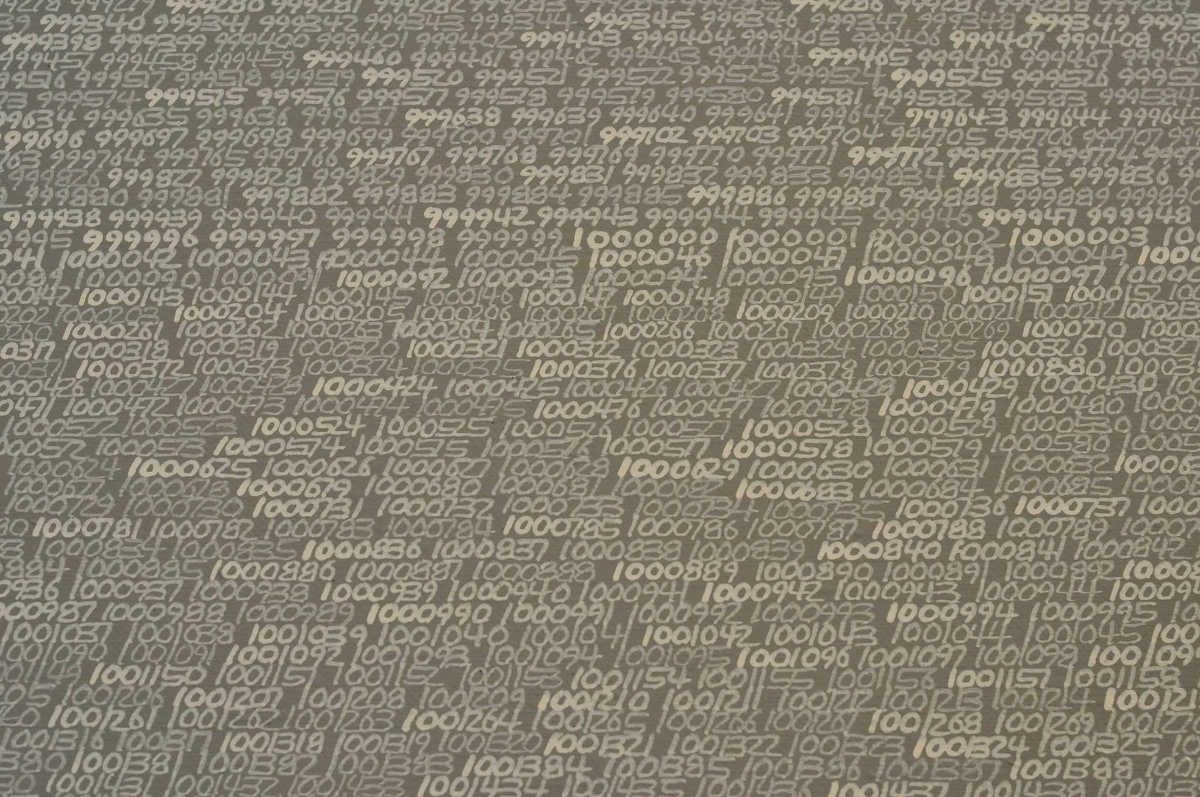
It used to be said that the sun never set on the British Empire; it still doesn’t set on the Commonwealth of Nations, as Gibraltar is on the opposite side of the earth from New Zealand’s Te Arai Beach.
At their height, the sun didn’t set on the French Empire, the Dutch Empire, or the Spanish Empire, either. New Caledonia, an overseas territory of France, is opposite Mauritania, once part of French West Africa. Parts of Suriname, a former Dutch colony, are opposite the Indonesian island Sulawesi, once part of the Netherlands East Indies. And Luzon, the largest island of the Philippines, is opposite eastern Bolivia; both were once controlled by Spain.
The Pacific Ocean is so large that it stretches more than halfway around the world — parts of the ocean are on opposite sides of the earth.

